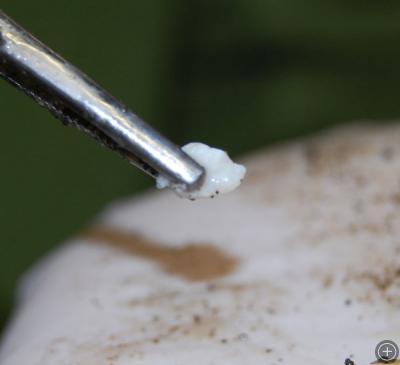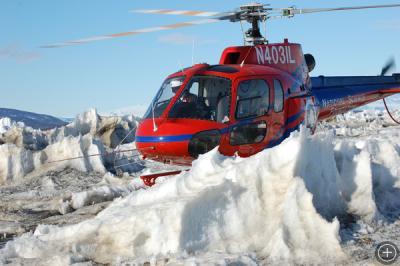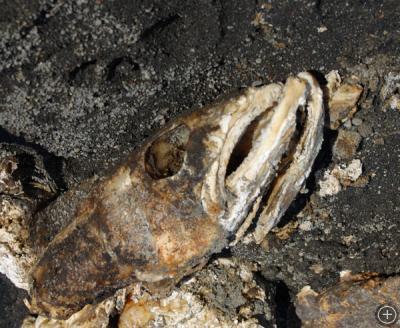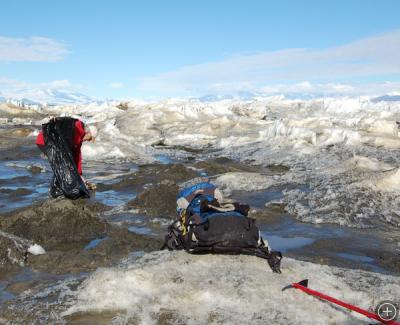Fish Story
CAPE ROYDS, ROSS ISLAND, ANTARCTICA– Antarctic Toothfish has become a popular dish, known as Chilean sea bass, in many expensive restaurants around the world. Little is known about this large slow growing fish which does not reach maturity and begin to spawn until it is 16, and can live to be 50 years old. Once surviving the larval and juvenile stages (first few years), growing only a couple of centimeters and gaining only a kg of weight a year thereafter, these fish are a main food source for the top predators in the Southern Ocean, killer whales and Weddell seals. As a society we choose to protect Antarctic wildlife (penguins and such), but this should include the food source of these creatures as well as large predatory, shark-like fish. In recent years the take of Antarctic toothfish has increased which many believe will force Antarctic seals and whales to move elsewhere or die off. Already there appears to be fewer of these fish-eating killer whales in the southern Ross Sea.
For some time it was thought that Weddell seals did not eat the toothfish and therefore would not be affected by the reduction of these fish in the ocean. The fishing industry has pushed to increase catch limits based on this assumption. We’re learning, though, that this is not true by indirect means.
One way researchers determine what an animal eats is by sorting through their scats (body waste). Indigestible parts pass through the body of seals and whales and can be identified. In the case of fish, the ear bones, or otoliths, are used to determine not only what species of fish are eaten, but how old and large they are. Toothfish otoliths have not been found in seal waste. But recently we’ve learned why.
As is the case with many discoveries chance plays a large part. While out on a diving expedition one researcher discovered the heads of many toothfish near a crack in the ice. The only predators in the area are seals, so these heads must be the remains of their meal. No wonder there are no otoliths in the seal waste, they don’t eat the heads! By observing seals in holes drilled through the ice for scuba access, it has been observed that seals remove the heads so this information was already known. But many people still doubt the implications of this or contend that it is a ‘local’ phenomenon. Finding these heads, in the company of seal holes, was another clear indication that this belief is wrong. Retrieving these heads would also mean that scientists could remove the ear bones (otoliths) and determine the age of the fish as well as where the fish grew up (one of the many mysteries about toothfish that remains unsolved).
So off we go. First a helicopter ride to the place where the fish heads were first found, and then a 10 km walk over and around the rough terrain along the crack in search of other evidence. All in all the remains of 30 fish were found, and 20 heads were brought back to the lab to extract the otoliths.
As it turned out, most of the heads had become mummified, i.e. freeze-dried, and acidic action in the flesh during the process of decomposition in many cases dissolved the otoliths. There were just little ‘puffs’ of white stuff where the otoliths should have been. Skuas had eaten the otoliths in other of the heads. But, we did find otoliths in 6 heads, and these will be tested and analyzed in a lab in the US. Providing evidence to fishery biologists that toothfish are an important food source for seals will help the argument to limit the commercial catch.
Learn more about Antarctica toothfish and conserving the Ross Sea for all marine organisms by visiting The Last Ocean.

















Loved the pictures and love all that I learned from this blog!